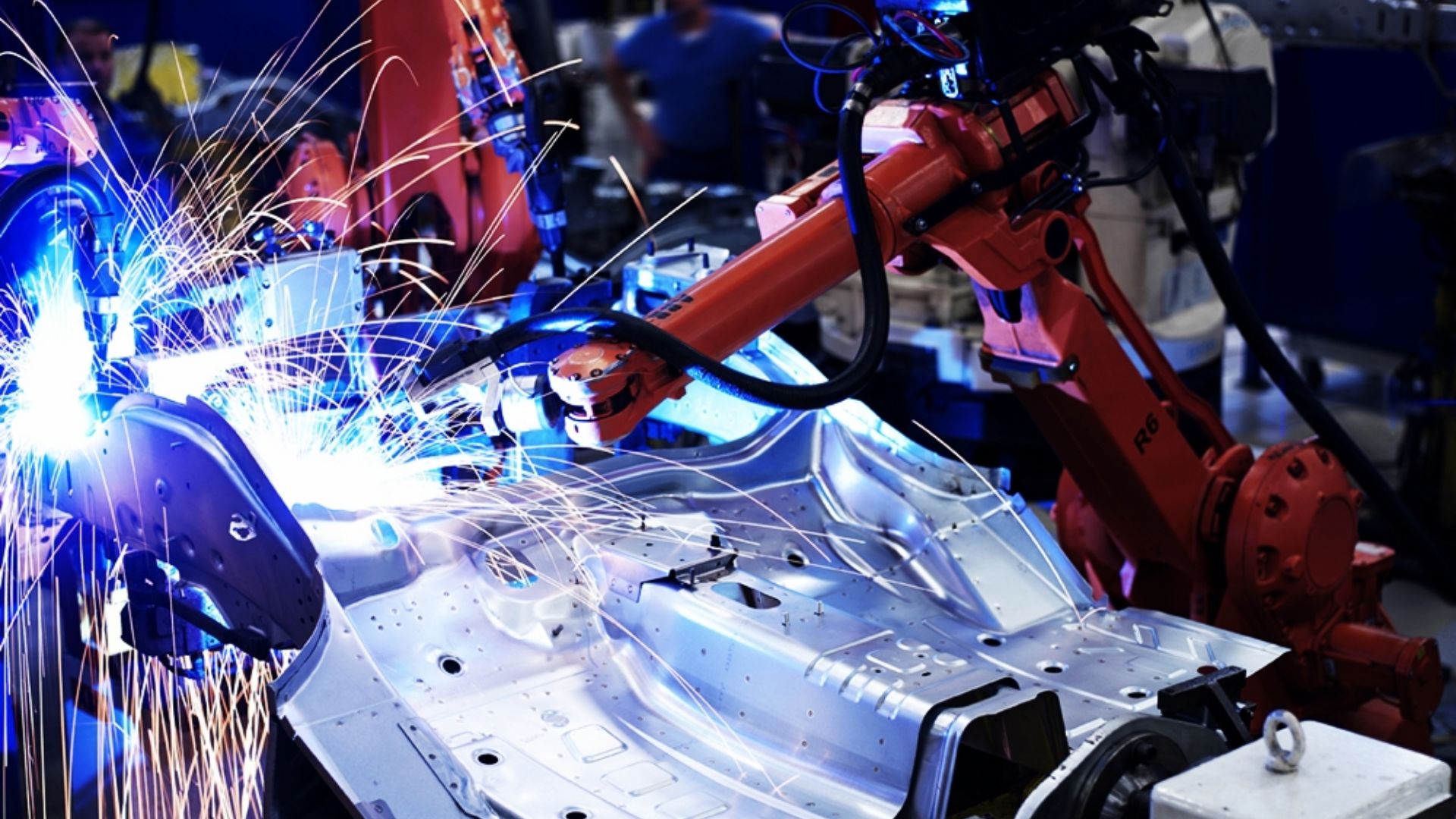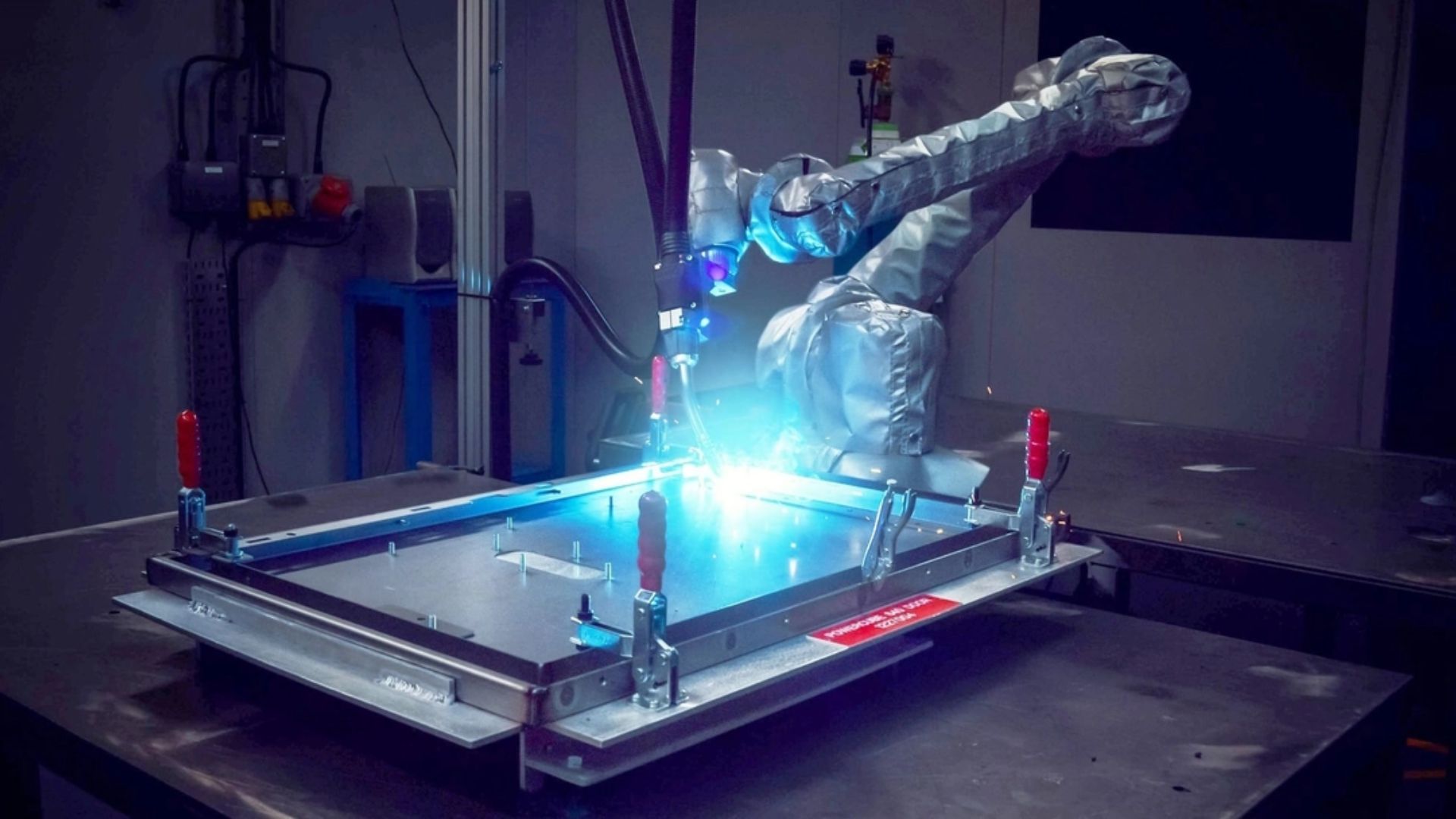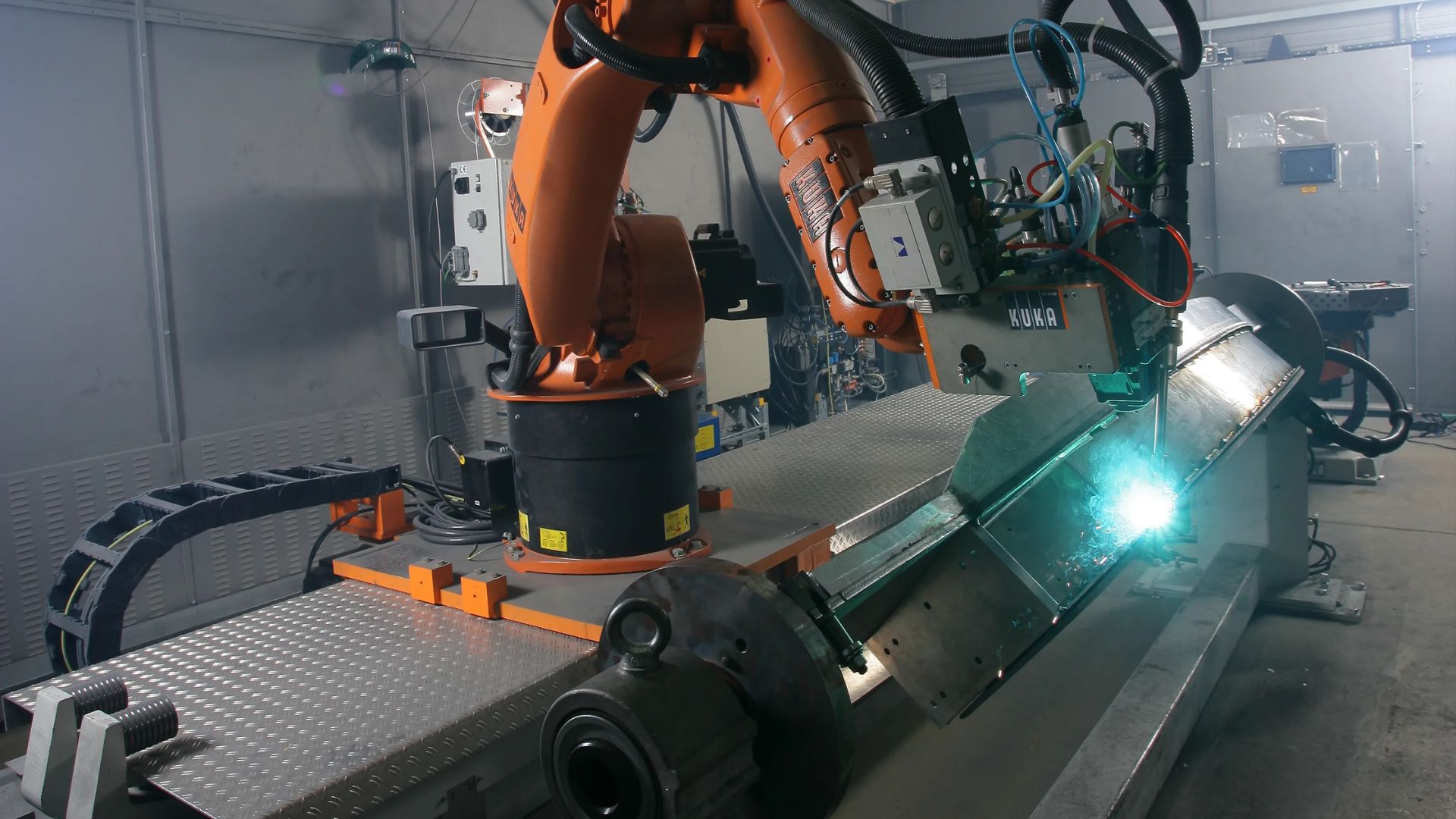Introduction
The manufacturing industry is continuously evolving, with advanced technologies playing a pivotal role in boosting productivity and precision. One such technology is Robotic Laser Welding, which combines the accuracy of lasers with the efficiency of robotic automation. Implementing Robotic Laser Welding in your manufacturing process can significantly improve the quality and speed of production. This article provides a comprehensive guide on how to integrate Robotic Laser Welding into your operations.

Understanding Robotic Laser Welding
Robotic Laser Welding involves the use of robots equipped with laser welding heads to perform welding tasks. This method leverages the precision of lasers and the consistency of robotic automation to produce high-quality welds. It is especially helpful for applications requiring great repeatability and complex welding patterns, which makes it perfect for sectors like electronics, aerospace, and automotive.
Steps to Implement Robotic Laser Welding
- Assess Your Needs and Objectives: Before integrating Robotic Laser Welding, assess your manufacturing needs and objectives. Determine the types of materials you work with, the complexity of the welds required, and the production volume. Understanding these factors will help you select the appropriate robotic welding system and laser type for your specific applications.
- Conduct a Feasibility Study: Conducting a feasibility study is crucial to evaluate the potential benefits and challenges of implementing Robotic Laser Welding. This study should include a cost-benefit analysis, potential return on investment (ROI), and the impact on your current production processes. Consulting with experts or vendors can provide valuable insights and help you make informed decisions.
- Choose the Right Equipment: Selecting the right robotic laser welding equipment is critical for successful implementation. Consider factors such as the type of laser (e.g., fiber laser, CO2 laser), power output, and compatibility with your existing production line. Make sure the robotic system has the accuracy and adaptability required to do the particular welding jobs you have assigned it.
- Plan the Integration Process: Developing a detailed integration plan is essential for a smooth transition to Robotic Laser Welding. This plan should outline the steps for installing and configuring the equipment, training staff, and testing the system. Collaborate with your equipment supplier to create a timeline and allocate resources for the integration process.
- Train Your Workforce: Training your workforce is a crucial step in implementing Robotic Laser Welding. Operators and technicians need to be familiar with the new equipment, safety protocols, and maintenance procedures. Providing comprehensive training will ensure that your team can operate the robotic welding system efficiently and troubleshoot any issues that may arise.
- Conduct Initial Testing and Calibration: Before full-scale production, conduct initial testing and calibration of the Robotic Laser Welding system. This step involves running test welds to verify the accuracy and quality of the welds. Make any necessary adjustments to the parameters and settings to achieve optimal results.
- Monitor and Optimize the Process: After implementation, continuously monitor the performance of the Robotic Laser Welding system. Collect data on weld quality, production speed, and equipment reliability. UUtilize this information to pinpoint problem areas and enhance the welding procedure. Regular maintenance and updates will help maintain the system’s efficiency and longevity.

Conclusion
Implementing Robotic Laser Welding in your manufacturing process can significantly enhance productivity, precision, and quality. By carefully assessing your needs, conducting a feasibility study, selecting the right equipment, and planning the integration process, you can successfully adopt this advanced technology. Training your workforce and continuously monitoring the system will ensure long-term success and ROI.
For those seeking expert guidance and high-quality equipment for Robotic Laser Welding, Raysun Techno Industries LLC is a leader in the field. Manufacturers seeking to incorporate state-of-the-art welding solutions into their operations may rely on them as a reliable partner due to their unwavering dedication to quality and innovation.

